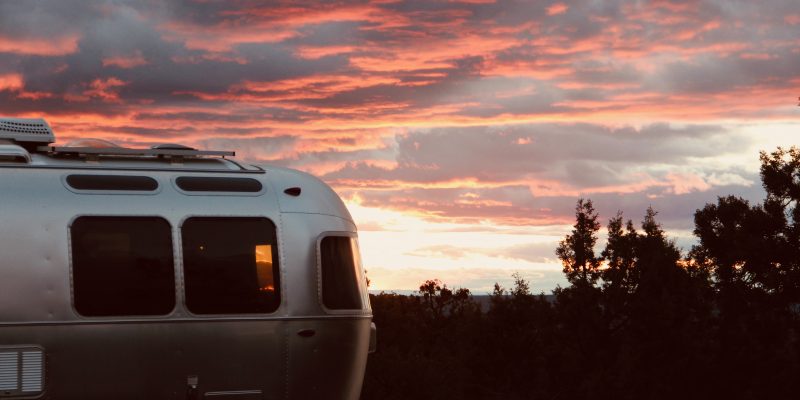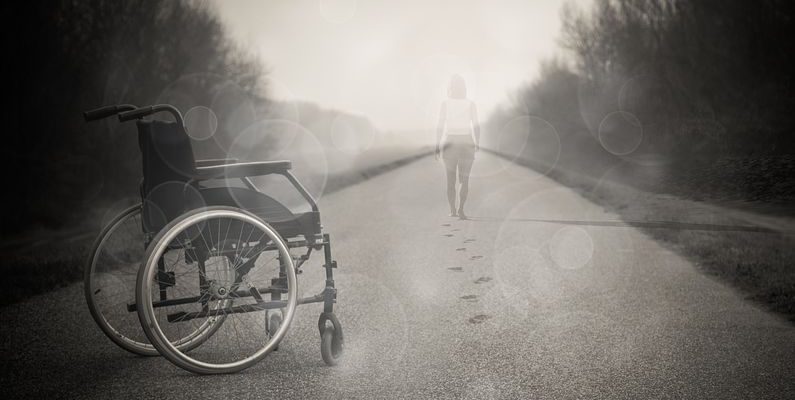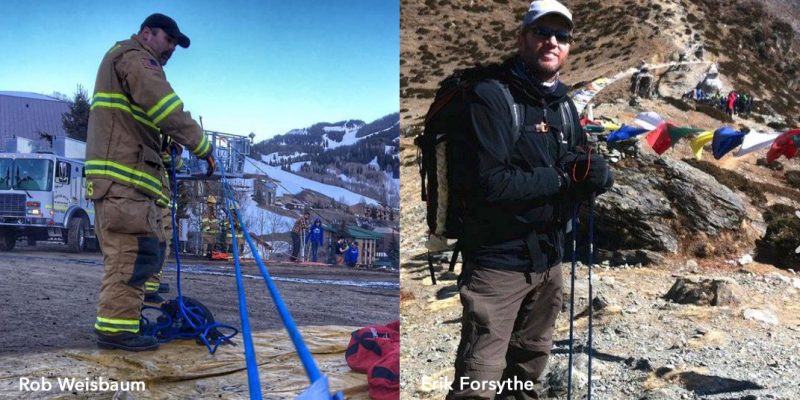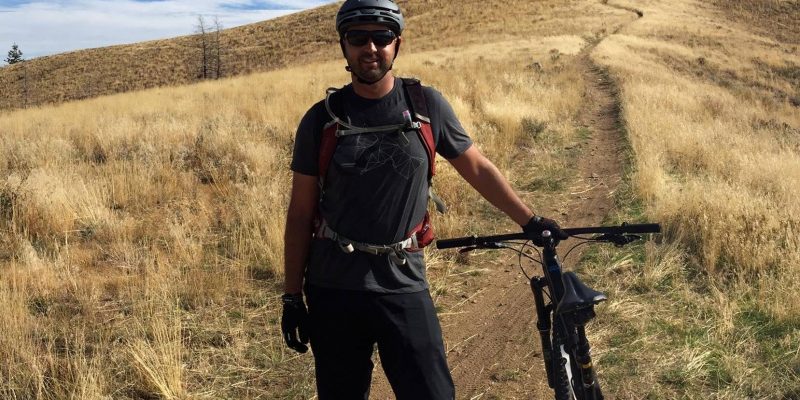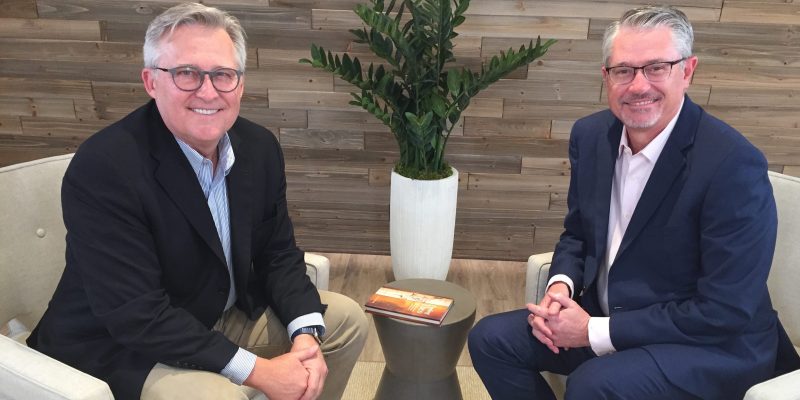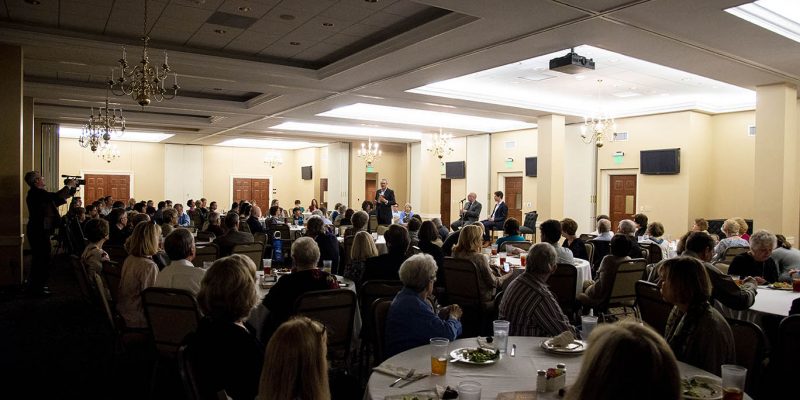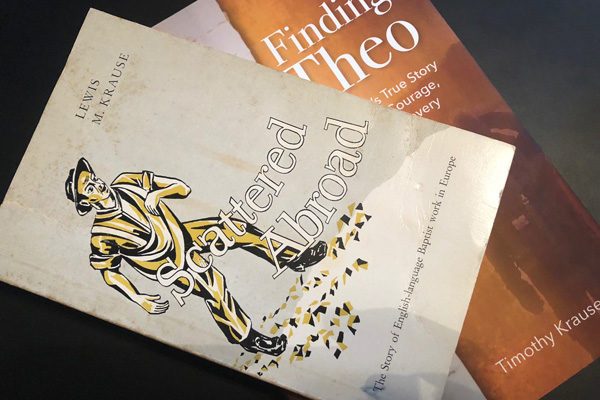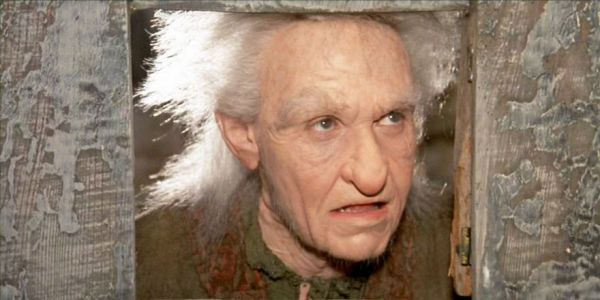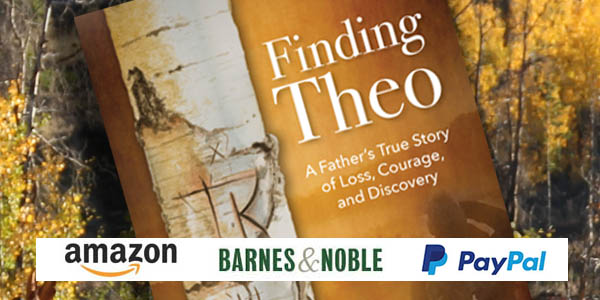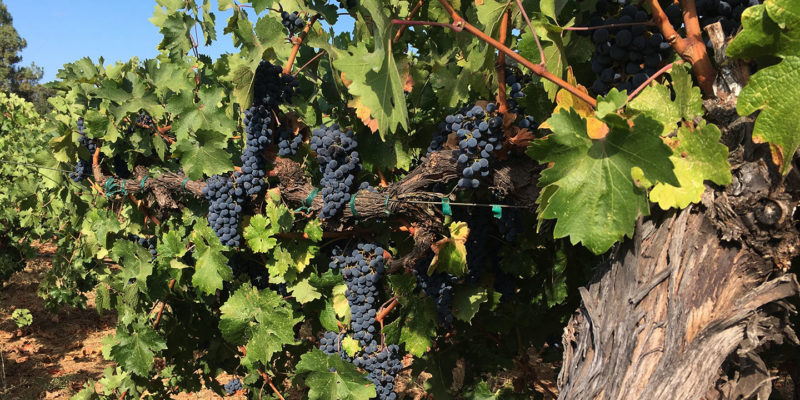I recently gave the keynote speech for a global telecom company’s worldwide sales conference in Dallas, Texas. Just as I was walking out the door to catch my Uber ride to the airport, one of the attendees stopped me. “I wanted to tell you how much Theo’s story inspired me today,” he said.
Tears welled in his eyes as he explained that his wife had been diagnosed with breast cancer the prior year. She was in remission now, but the experience had really disoriented him. He couldn’t concentrate on work, he wasn’t motivated by anything, he struggled to sleep, and he had gained more than twenty-five pounds. But Theo’s story of determination against the odds had inspired him. “I have to do something,” he told me. Today, he said, would be the day he got into the hotel pool and began to exercise and he was going to make some decisions about his career situation.
Everyone has a story. You have a story, and you should tell it. Because you never know when someone needs to hear your story to help them fight through their own loss or adversity as they find their way to the thing they do best that the world needs most from them. Theo said me one afternoon, “Learning to walk again was the easy part. Learning to live again was the challenge.”

